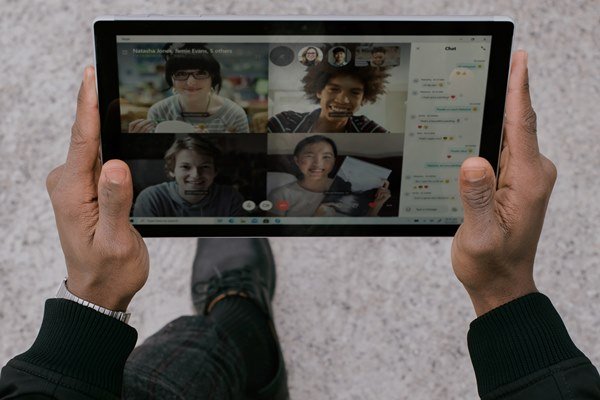
Choose the plan that fits your needs the best. Focus and be present. Leave the rest to us.

Should you meet with other people during the COVID-19 pandemic?
Well, even if we don’t want to, sometimes the in-person events and meetings are the only way to come to an agreement, knowing they are easier, and more welcoming which is very important in some niches of business.
It really is a difficult period to meet face to face, but if you have to meet others, there are ways to do it carefully and tips to help you make the right precautions.
Stay safe and take these simple steps in order to make sure you and your colloquist are safe.
Make sure physical distancing is easy to reach!
Keeping a distance of at least 1m from each other and avoiding spending time in crowded places (or in groups) will help limit the spread of COVID-19.
Lower-profile conferences and events can also meet the WHO’s definition of a mass gathering. This is why it is of utmost importance to host your gathering (whether it’s a meeting or an event) in a surrounding that’s far from crowded places.
If the number of people brought together is large, they carry the potential to strain the planning and response resources of the health system in the community where it takes place.
Also, you’ll need to consider a few important factors for making this event successful and germ/virus-free:
For example…
If the event takes place over several days, on a small island or even in a hotel, where the capacity of supporting the health precautions is quite limited – inviting a few hundred participants will place a big strain on the health system and your event will definitely be considered a “mass gathering”.
The WHO lists face masks and coverings as a critical step in slowing the spread of the virus, particularly in large gatherings.
You should make it a requirement for your staff and attendees to wear a mask or other face coverings during the event. This will prevent aerosols from spreading away from the cloth and into the air, exposing other people to their germs.
Masks are an effective “source of control” because they can prevent larger expelled droplets from evaporating into smaller droplets and then travel farther.

Adequate ventilation can significantly reduce how much virus inhabits the air. It helps reduce the risk of aerosol transmission, especially if it happens that someone breathes in small particles (aerosols) of a person with the virus (or even flue) occupying the same enclosed area.
A combination of natural (windows, doors, and air vents) and mechanical (fans and ducts) ventilation removes viruses and germs quickly, minimizing the exposure to any potential infectious virus or bacteria expelled by a cough or sneeze.
Keep your hands clean before and after the meeting/event, and make sure onsite supplies are available in most corners, for every participant. In addition to the standard supplies for your event, we encourage you to include the following:

Proper hydration, especially in events, is very important. BUT – if you do provide beverages (and food choices), consider offering bottled drinks or hands-free meals. Also, food offerings should be prepackaged so attendees could pick them up from multiple locations.
If you intend on implementing eating areas, be sure that table and sitting placement adheres to social distancing guidelines in order to discourage large gatherings.
Before all…
It is of utmost importance to outline the safety requirements that will be taking place at the event, in advance. You can communicate these requirements like this:
Consider introducing tokens that discourage physical touches and encourage alternative greetings, such as bow down, handshakes, fist bumps, and high fives.
Also, be sure to stay informed on the safety laws and regulations set by local leaders in your city or/and country, since these may change with time.